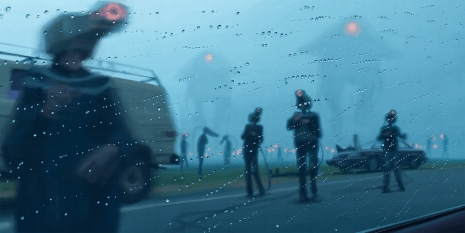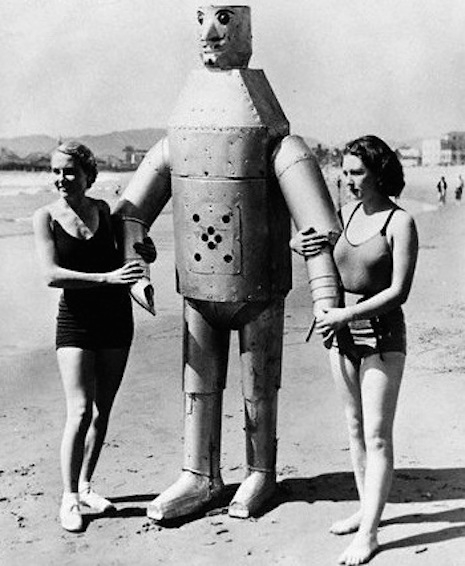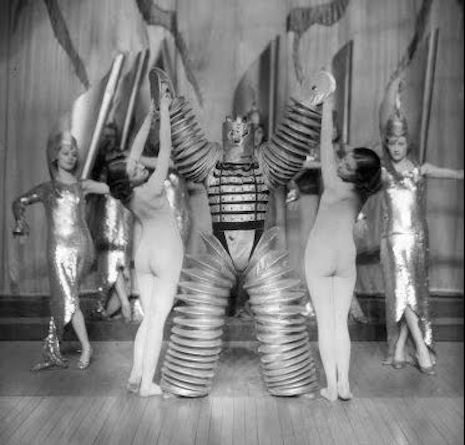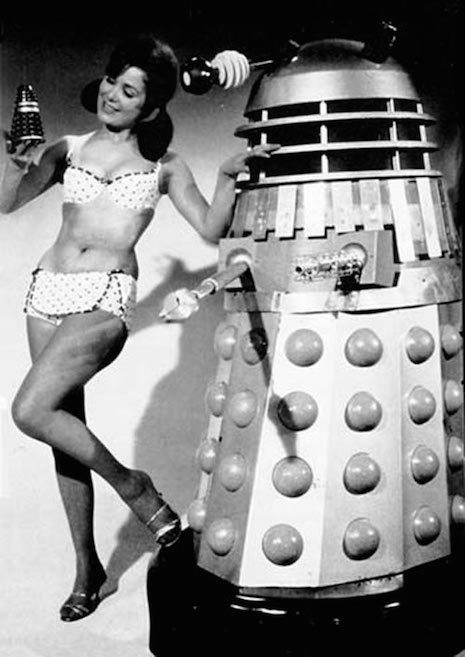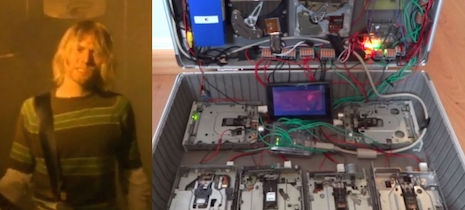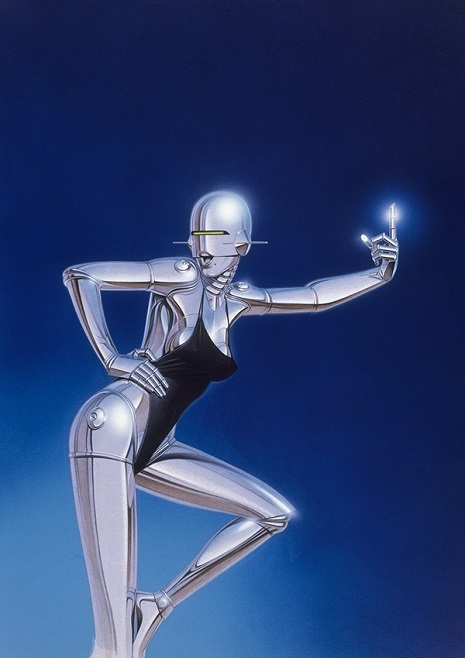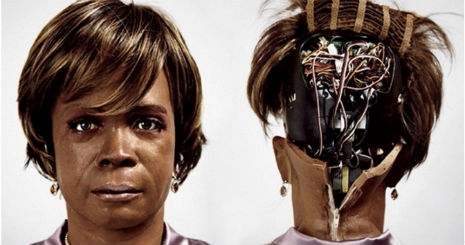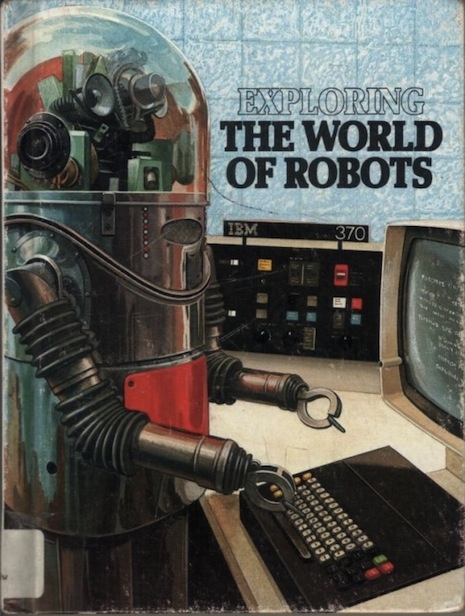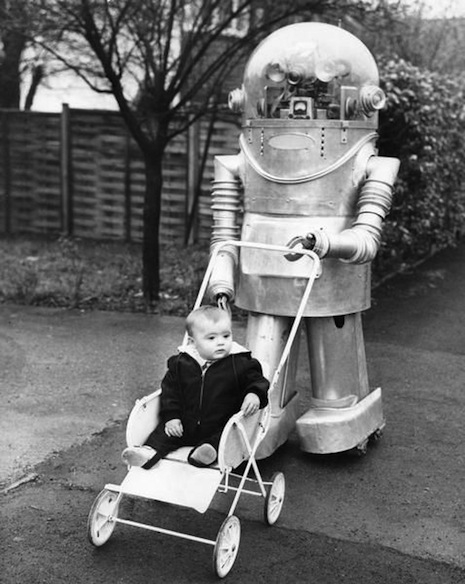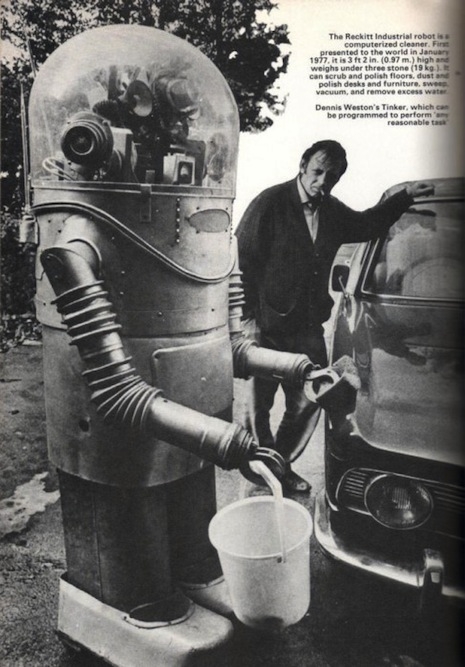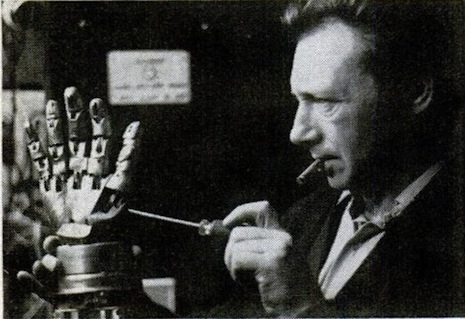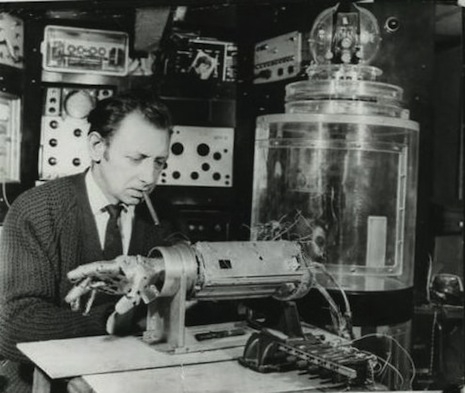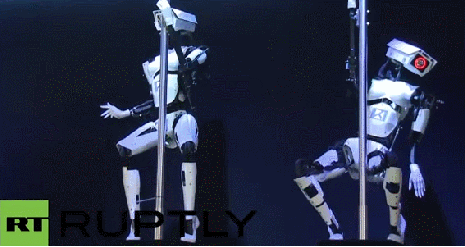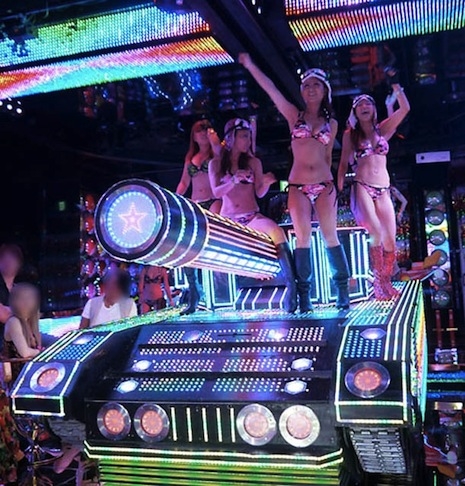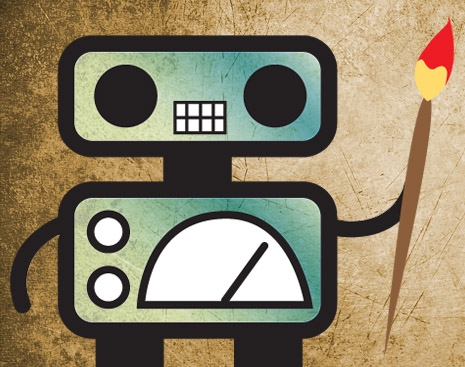
Pauline Anna Strom is a San Francisco composer. Blind since infancy, Strom says she felt like “a loner and a heretic” growing up Catholic in the South. During the Seventies, she moved to San Francisco, where she heard Tangerine Dream, Eno and company on FM radio and was inspired to experiment with synthesizers and a TASCAM four-track. (DM is reliably informed that, despite all the other changes to the city, she still resides in SF with her long-lived iguana, Little Solstice.)
Strom’s music is not for the disco. At once soothing and disorienting, it’s her means of sailing in the timestream, conjuring up the frozen past and the (apparently) populous future. Her first release, 1982’s Trans-Millenia [sic] Consort, took its name from Strom’s time-traveling alter ego, according to the press materials for the new retrospective of her recording career (such is its futurity, it comes out tomorrow):
She believed that humanity was confined by its inability to access the people of the future, therefore suffering in a kind of group solipsism. Designing a world of music that rooted itself in all times but the present, Strom’s alter ego, the Trans-Millenia Consort, became a musical activist for triggering this state of heightened consciousness.

Pauline Anna Strom (photographer unknown, used with permission of Archie Patterson’s Eurock Archives)
Strom’s first LP has inspired a new film that also mixes the familiar unsettling and the unsettling familiar: Ether Antenna, set in Nepal. There are no human actors, only robots portraying incidents from the lives of Avalokiteśvara and Shakyamuni Buddha. A five-minute excerpt from Ether Antenna, set to music by Pauline Anna Strom, appears at the bottom of this post, and the director, Michael Candy, kindly agreed to answer a few questions by email.
It strikes me that the prayer wheel that appears at the beginning and end of Ether Antenna is a kind of robot, and that Tibetan prayer flags are automata, too. Why do we find machines in a 1,200-year-old religious tradition?
The idea of automata originates in the mythologies of many cultures around the world. It’s almost an obvious outcome of a technology-enabled civilization; as digital automation continues to penetrate our daily life, it’s easy to overlook the analogue counterparts and machines that have made modern living possible.
A few years prior to my residency, I traveled to Ladakh and spent a few weeks exploring the Indian Himalayas. One of the most striking things as a (foreign) engineer was to find ancient mechanical infrastructure still functioning and valid in society. It’s like, none of those complex folding walls, trap doors or snake pits Hollywood seems so fond of would ever function without a good amount of oil and snake food. But here, in this ancient mountain range, you can find and touch a several-hundred-year-old spinning drum embossed with text and with the flick of a finger have it praying for you; some even use water, wind or solar to complete their eternal journey clockwise.
Nowadays you can’t catch a taxi in Kathmandu without a plastic solar powered prayer wheel whirling away on the dash. For me, these are simple machines doing man’s spiritual bidding—to pray; ether machines keeping you connected to the cloud, from a time when people actually knew where the cloud was.
Continues after the jump…






